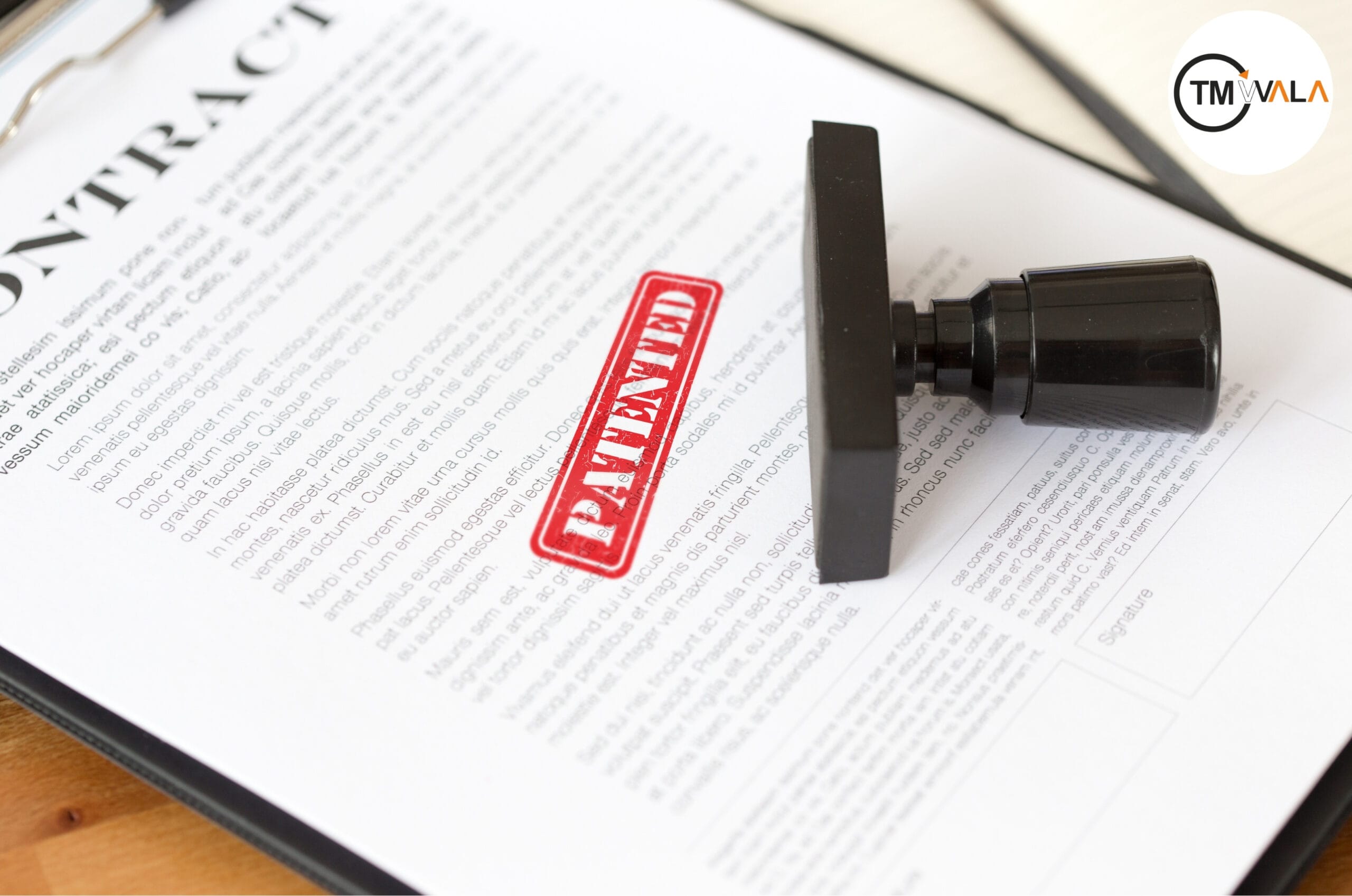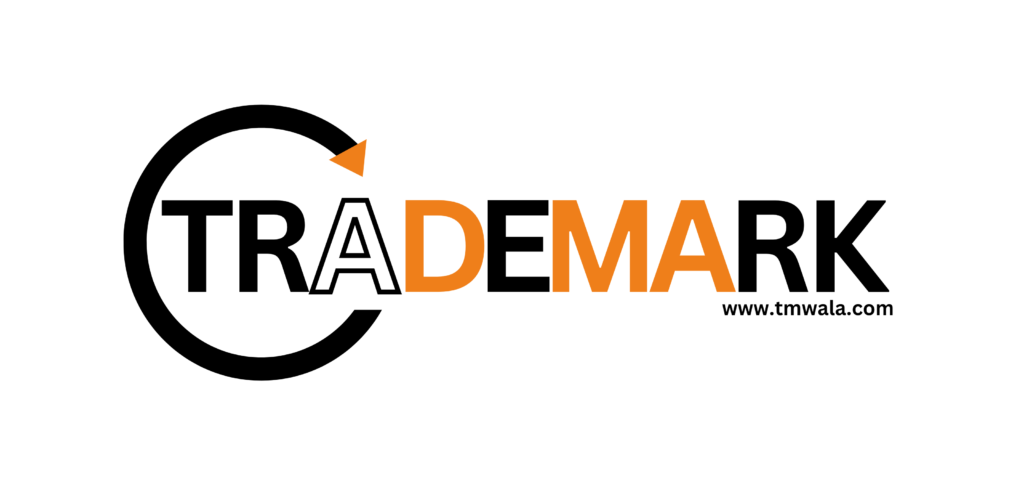Patent drafting is the cornerstone of a robust patent application. A well-drafted patent document not only defines the boundaries of the legal protection granted to an invention but also plays a crucial role in determining the enforceability and commercial value of the patent. This blog aims to provide a comprehensive, legally sound, and easy-to-understand guide on patent drafting.
What is Patent Drafting?
Patent Drafting Defined Patent drafting is the process of preparing the written description of an invention in a manner that meets the legal requirements for patent protection. This document, known as a patent specification, includes detailed descriptions, claims, drawings, and other elements that collectively define the invention and the scope of protection sought.
Importance of Patent Drafting The quality of patent drafting can significantly impact the success of a patent application and the strength of the granted patent. Poorly drafted patents can lead to vague protection, making it easier for competitors to design around the patent or challenge its validity.
Components of a Patent Specification
A patent specification typically consists of several key components, each of which serves a specific purpose:
a. Title of the Invention: The title should be concise and descriptive, providing a clear indication of the nature of the invention. It should avoid overly broad or ambiguous terms.
b. Abstract: The abstract is a summary of the invention, usually no more than 150 words. It provides an overview of the invention’s purpose, key features, and potential applications. While it doesn’t define the scope of protection, it helps examiners and the public quickly understand the essence of the invention.
c. Background of the Invention: The background section outlines the problem that the invention addresses and provides an overview of existing solutions or prior art. It sets the stage for the invention by explaining the need for improvement and how the invention provides a novel solution.
d. Summary of the Invention The summary provides a general description of the invention, highlighting its main aspects and advantages. This section should be broad enough to cover all potential variations of the invention while being specific enough to distinguish it from prior art.
e. Detailed Description The detailed description is the heart of the patent specification. It provides a comprehensive explanation of the invention, including its components, functions, and possible embodiments. This section should be written clearly and thoroughly to enable a person skilled in the relevant field to replicate the invention without undue experimentation.
f. Claims: The claims define the legal boundaries of the patent protection. Each claim is a single sentence that specifies a particular feature or combination of features of the invention. Claims can be independent (covering the invention broadly) or dependent (narrowing the scope by adding further limitations).
g. Drawings or Diagrams: Visual representations are often included to illustrate the invention and support the written description. Drawings can help clarify complex aspects of the invention and are especially important for mechanical or structural inventions.
h. Sequence Listing (if applicable): For inventions involving genetic sequences, a sequence listing is required. This section provides a detailed listing of the nucleotide and/or amino acid sequences associated with the invention.
The Art of Claim Drafting
Understanding Claims Claims are the most critical part of a patent application, as they define the scope of legal protection. The claims determine what is protected by the patent and what is not. Therefore, careful and strategic claim drafting is essential.
Types of Claims
- Independent Claims: These are broad claims that stand alone, covering the invention’s essential features.
- Dependent Claims: These refer back to and further limit the scope of an independent claim, providing additional specificity.
Drafting Strong Claims
- Broad vs. Narrow Claims: A balance must be struck between broad claims that cover a wide range of variations and narrow claims that focus on specific embodiments. Broad claims provide wider protection but may be more vulnerable to challenges, while narrow claims are easier to defend but offer limited protection.
- Clarity and Precision: Claims must be clear and precise. Ambiguities can lead to disputes over interpretation, weakening the patent’s enforceability.
- Avoiding Overlapping Claims: Each claim should cover a distinct aspect of the invention, avoiding unnecessary repetition or overlap.
Common Pitfalls in Patent Drafting
a. Insufficient Disclosure: One of the most common pitfalls in patent drafting is failing to provide a sufficient disclosure. The detailed description must enable a person skilled in the art to practice the invention without undue experimentation. Insufficient disclosure can lead to the rejection of the patent application or challenges to the patent’s validity.
b. Overly Broad Claims: While broad claims can offer extensive protection, they can also be more easily challenged for lacking novelty or inventive step. Overly broad claims may not withstand the scrutiny of the patent office or the courts, leading to the narrowing or invalidation of the patent.
c. Inadequate Support for Claims: Claims must be supported by a detailed description. If the claims cover features or embodiments that are not adequately described in the specification, they may be rejected or invalidated.
d. Ambiguity and Lack of Clarity: Ambiguous language in the claims or the detailed description can lead to disputes over interpretation. This can weaken the patent’s enforceability and make it easier for competitors to design around the patent.
Strategies for Effective Patent Drafting
a. Thorough Prior Art Search Before drafting the patent application, conducting a thorough prior art search is essential. This helps identify existing patents and publications that might affect the patentability of the invention and guides the drafting process to avoid overlaps with prior art.
b. Collaborative Drafting Process: Engage with inventors, technical experts, and patent attorneys during the drafting process. Collaboration ensures that the patent specification accurately reflects the invention and covers all potential variations and applications.
c. Anticipating Future Developments When drafting a patent, consider potential future developments and modifications of the invention. Draft the claims and detailed description broadly enough to cover these possibilities, while ensuring that they are still supported by the disclosure.
d. Iterative Review and Revision Patent drafting should be an iterative process, with multiple rounds of review and revision. This helps identify and address any weaknesses or ambiguities in the specification and ensures that the final document is as strong as possible.
The Role of a Patent Attorney in Patent Drafting
Why Hire a Patent Attorney? Patent drafting is a complex and specialized task that requires a deep understanding of both the technical aspects of the invention and the legal requirements for patent protection. A patent attorney brings expertise in both areas, helping to craft a patent specification that maximizes the chances of successful registration and robust protection.
The Patent Attorney’s Responsibilities
- Drafting the Specification: The patent attorney is responsible for drafting the patent specification, including the detailed description and claims.
- Advising on Patent Strategy: The attorney advises on the overall patent strategy, including the scope of protection sought and potential jurisdictions for filing.
- Responding to Office Actions: If the patent office raises objections or requests amendments, the attorney handles the response, ensuring that the application remains on track.
Conclusion
Patent drafting is a critical step in the process of securing legal protection for an invention. A well-drafted patent specification defines the scope of protection, determines the enforceability of the patent, and plays a crucial role in the invention’s commercial success. By understanding the key components of a patent specification, avoiding common pitfalls, and adopting effective drafting strategies, inventors and patent professionals can craft strong, legally sound patents that stand the test of time.
Whether you are an individual inventor or part of a larger organization, investing in high-quality patent drafting is essential to safeguarding your intellectual property and maximizing the value of your innovation.
FAQs
1. What is patent drafting?
Patent drafting is the process of preparing a detailed written description of an invention—called a patent specification—that meets legal requirements for patent protection.
2. Why is patent drafting important?
A well-drafted patent clearly defines the legal protection for an invention, strengthens enforceability, and maximizes commercial value. Poor drafting can lead to vague protection and make it easier for competitors to bypass or challenge the patent.
3. What are the key components of a patent specification?
A patent specification typically includes the title, abstract, background, summary, detailed description, claims, drawings/diagrams, and sequence listings (if applicable).
4. What is the role of claims in a patent?
Claims define the legal boundaries of protection. Independent claims cover the invention broadly, while dependent claims add specific limitations.
5. What’s the difference between broad and narrow claims?
Broad claims cover a wide range of variations but can be harder to defend, while narrow claims are more specific and easier to enforce but offer limited coverage.
6. What are common mistakes in patent drafting?
Pitfalls include insufficient disclosure, overly broad claims, inadequate claim support, and ambiguous language. These can lead to rejections or weak enforceability.
7. How can you ensure strong patent drafting?
By conducting a thorough prior art search, collaborating with inventors and experts, anticipating future developments, and reviewing the draft iteratively to remove weaknesses.
8. Why is a prior art search important before drafting?
It helps identify existing patents and publications, guiding claim scope and ensuring novelty, thus avoiding overlaps with prior art.
9. Why should I hire a patent attorney for drafting?
Patent attorneys have both legal and technical expertise to draft strong, legally sound specifications, advise on patent strategy, and respond to patent office objections.
10. Can I draft my own patent without an attorney?
While possible, self-drafted patents often miss legal and technical nuances, which can weaken protection. Professional drafting is recommended to maximize enforceability and value.















